Anjie Cho is a licensed feng shui expert, a seasoned architect, and an author, boasting more than two decades of experience in space design. She is a co-founder of the Mindful Design Feng Shui School and the author of Holistic Spaces: 108 Ways to Create a Mindful and Peaceful Home.
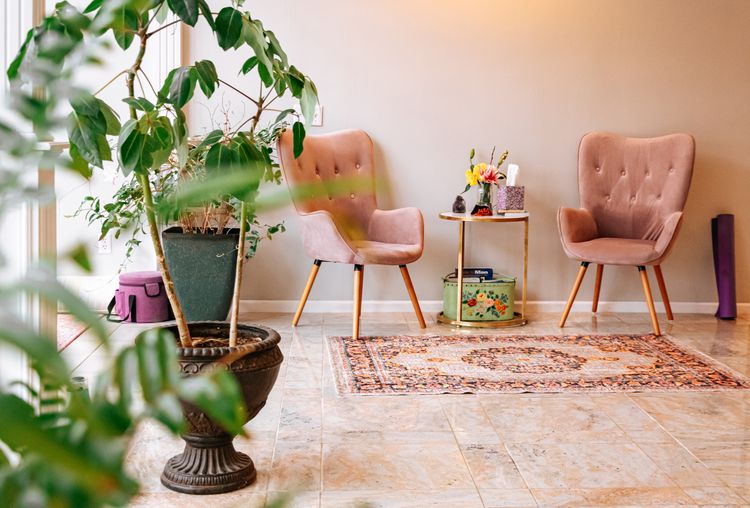
The significance of colors in feng shui is vital to this ancient Chinese tradition and is linked to various principles and Taoist cosmological philosophies. It serves as one of the essential tools for feng shui experts when modifying the energy of an environment. Additionally, color is one of the most straightforward aspects of a room to alter, whether by painting a wall or incorporating a new piece of art, making the exploration of color both enjoyable and accessible.
Colors significantly influence our emotions. Various feng shui color systems exist, including those based on the five elements. If you want to explore the feng shui approach to color, here are some key colors and their meanings within this practice.
Contents
The Five Elements in Feng Shui
The five components of feng shui consist of wood, fire, earth, metal, and water, with each element fostering a distinct type of energy.
- Wood: The wood element embodies an upward energy that signifies growth and fresh starts. The colors that represent this element are green and blue.
- The element of fire embodies a vibrant, radiant, and fervent energy, with red serving as its primary color of emphasis.
- Earth symbolizes stability, self-nurturing, and a sense of grounding. Typical colors associated with this element include brown, orange, and yellow.
- Metal symbolizes accuracy, concentration, transparency, and aesthetics, with shades of white and metallic hues being essential.
- Water embodies a serene and tranquil energy, characterized by its fluid motion. The dominant hue associated with this element is black.
Colors in Feng Shui
Colors carry distinct cultural connotations and personal significance, so it’s essential to take these factors into account when selecting hues for your living space.
White
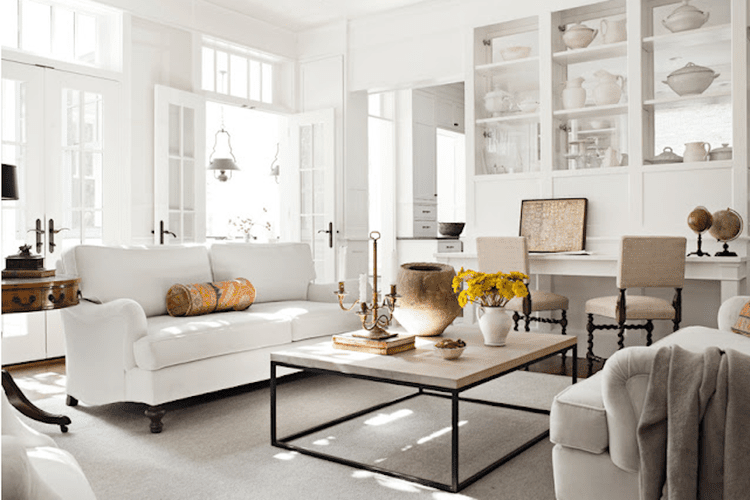
White is associated with the metal element, symbolizing mental clarity, efficiency, and the achievement of goals. It is linked to the Children and Creativity sector of the feng shui bagua map. As a colorless hue, white serves as a fresh canvas. It embodies the yang aspect of the Tai Chi, or yin-yang symbol. In various cultures, white is often connected to winter, a time of rest and dormancy for the earth. Both white and off-white can enhance and harmonize with other colors in your living space.
Black
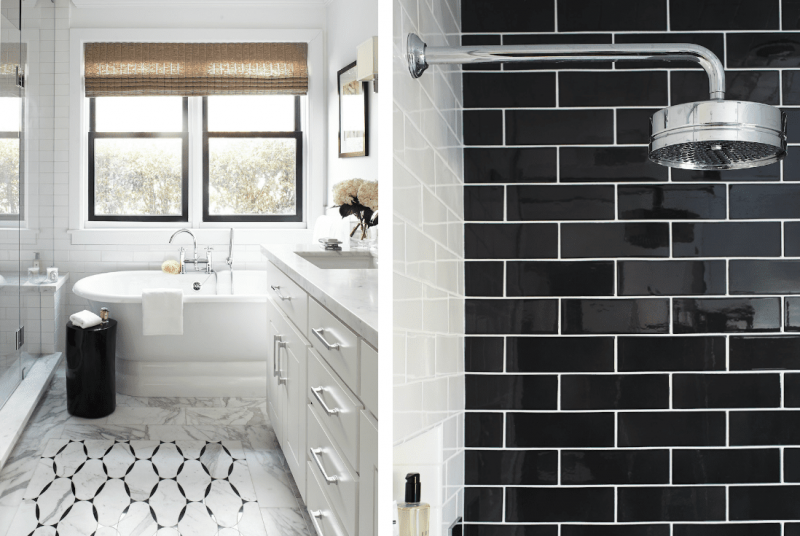
While white signifies the lack of color, black embodies the combination of all hues. It represents the yin aspect of the Tai Chi symbol. Additionally, black is linked to the water element, symbolizing tranquility, wisdom, and introspective thought. It is associated with the Career sector of the feng shui bagua map. Although black is often tied to somber themes in various cultures, in feng shui, it also conveys a more uplifting association with depth and self-discovery. Incorporating black as an accent color can infuse your home with a sense of timeless sophistication.
Frequent Mistakes
A rich, deep black can be excessively intense and overwhelming in areas that don’t receive much natural light. Instead, consider opting for an elegant dark charcoal gray in such rooms. This choice can help to mitigate the starkness of black while still providing the positive feng shui advantages.
Gray
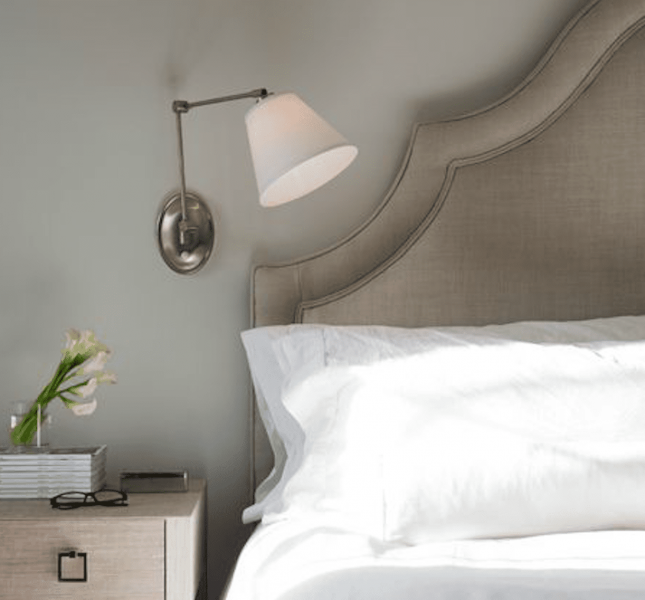
Gray is formed by blending black and white, and it is also associated with a specific section of the feng shui bagua map that fosters relationships with supportive individuals. This color symbolizes clarity, connection, and wisdom. Being a neutral hue, gray is versatile and fits well in a variety of home environments. Its distinct quality allows it to be utilized in both darker and lighter tones to enhance or complement different spaces within your home.
Blue
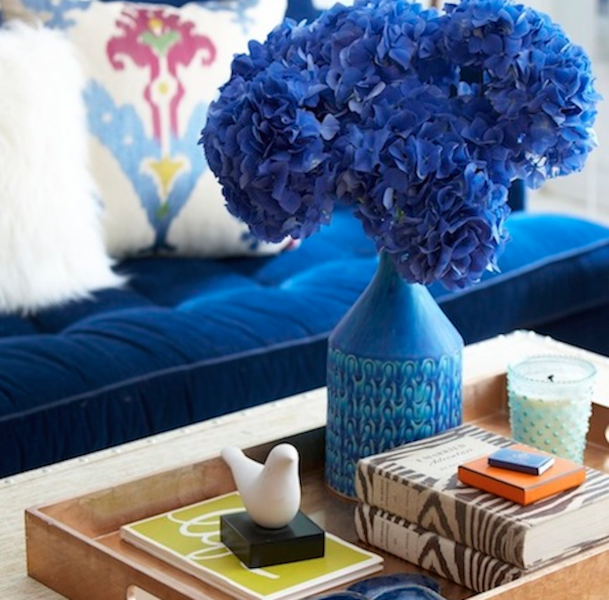
The significance of blue in feng shui varies with its shade. For instance, mid-tone blues and teals are associated with the wood element, which embodies growth, vitality, and compassion. Conversely, a rich midnight blue, bordering on black, relates to the deep water element. In various Asian traditions, specific blue hues are linked to mourning. In Buddhism, blue signifies wellbeing, represented by the lapis-colored Medicine Buddha. Additionally, blue is associated with the Family and Knowledge sectors of the feng shui bagua map.
Proceed to 5 out of 11 below.
Green
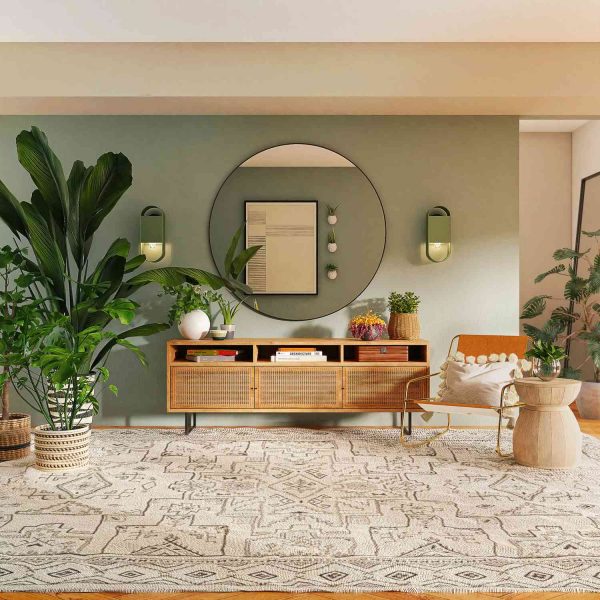
Green symbolizes renewal, vibrant energy, and rejuvenation in feng shui. Associated with the wood element, it corresponds to the Family sector of the feng shui bagua map. To enhance the feng shui energy, it’s beneficial to incorporate a variety of green shades. You can introduce this color into your living space through decorative accents, paint, or by adding a living green houseplant.
Red
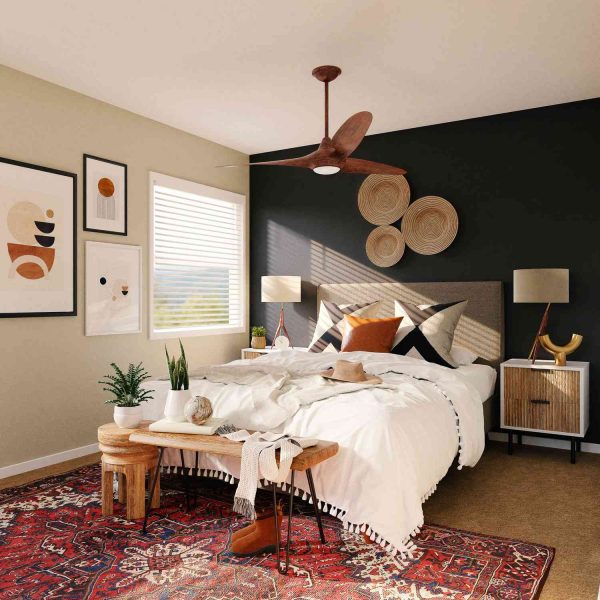
In feng shui, red stands out as the most dominant color, renowned for its strength and auspicious qualities. It represents the fire element and corresponds to the Fame sector on the feng shui bagua map, which relates to visibility, inspiration, and clarity. Red is frequently utilized to enhance and purify the energy of a home or individual. Within the Black Sect Feng Shui tradition, red envelopes serve to honor and safeguard feng shui practitioners and their clients. This color is highly stimulating and invigorating, but excessive use of red can be overwhelming for some. Therefore, it is advisable to limit its presence in areas intended for relaxation, such as bedrooms. Incorporating a beautifully designed rug featuring red hues can be a subtle way to introduce the energy of red into a space.
Contact a Professional
If you find yourself feeling uncertain about a color or decision during a renovation, consider reaching out to a professional. Designers and contractors possess the expertise to guide you, and it’s far preferable to seek help now than to deal with regret later.
Pink
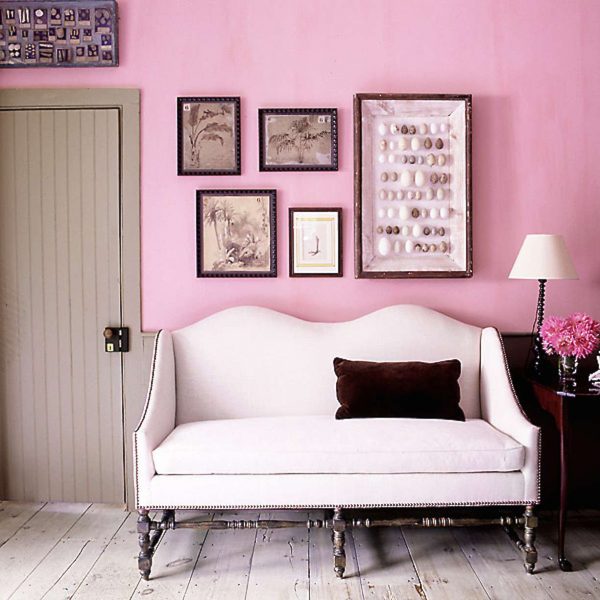
In feng shui, pink is a gentle hue linked to the Partnership and Love sector of the bagua map. This color is utilized to enhance self-love, promote tenderness, and draw in romantic connections. It embodies qualities of femininity, sensitivity, and romance. As a combination of the energies of red and white, pink evokes feelings of love, nurturing, and compassion when incorporated into home decor.
Brown
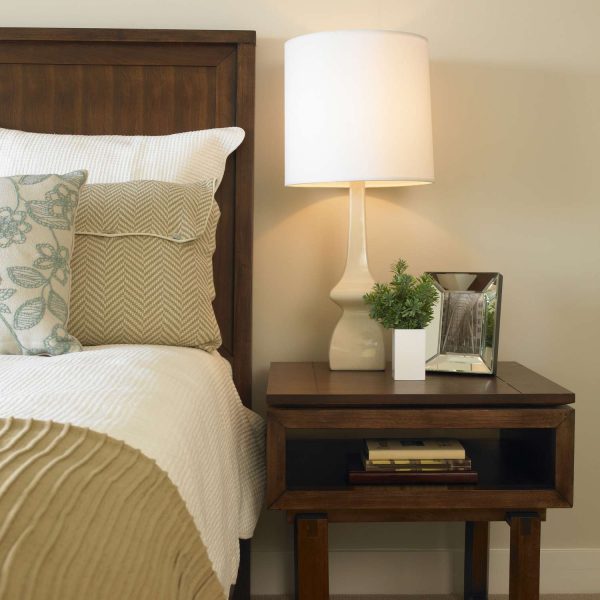
Natural hues such as browns introduce the Earth element into your living space. This element embodies grounding, stability, and the importance of self-care.
Brown wooden floors or furniture provide a beautiful natural touch that brings the essence of the earth into your living space, emphasizing a sense of warmth and a connection to nature.

